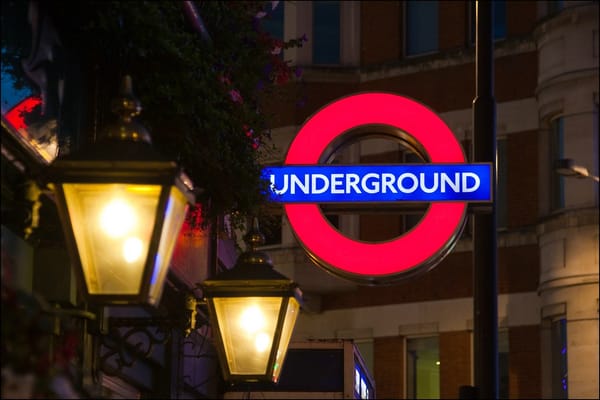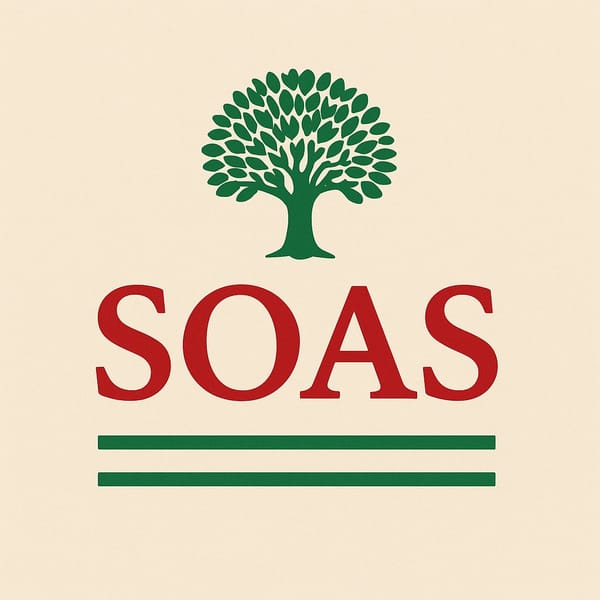Clean girls, clean up your act

By Amran Abdiqadir Mohamed BA Global Development and Social Anthropology
Like most people these days, I’ve spent a great deal of time scrolling through TikTok. Not too long ago, the ‘clean girl’ aesthetic and ‘brownie glazed lips’ trend kept popping up on my for you page. Now, my first response was confusion as I was certain that I’d seen these looks before, just on people who looked slightly different to the white women who were dominating this trend. Among many other TikTok trends, the ‘clean girl’ aesthetic and ‘brownie glazed lips’ are clear examples of culturally appropriating Black, Brown and Latina women. So that there’s no confusion, let me begin with a definition of the term cultural appropriation. The Oxford Dictionary has defined it as follows:
‘The act of copying or using the customs and traditions of a particular group or culture, by somebody from a more dominant/powerful group in society.’
You’ve probably seen videos on TikTok with tutorials on how to attain the ‘clean girl’ aesthetic. I’ll give you a breakdown of how to achieve the look – slick back your hair (probably with a gel brought from a black hair shop) and put on a pair of gold hoops; your skin must be beautifully clear and glowy, pair it with lip gloss, and you’ve got yourself a ‘clean girl’. The whole point of this style is that the makeup is so minimal and ‘natural’ that it almost looks as though you aren’t wearing any, in other words, you look effortlessly gorgeous.
This look is not new; women of colour have been wearing this style for literal decades. Many (not all) women slick their hair back as their natural texture/hair type is considered ‘unprofessional’, ‘not well managed’ or ‘uncivilised’. Women of colour have been called horrible and derogatory terms for wearing the ‘clean girl’ aesthetic; ‘greasy’, ‘ghetto’, and ‘trashy’. Somehow when a white woman does it, the look becomes ‘sophisticated’, ‘elegant’… ‘chic’?
Now the ‘clean girl’ is just one trend, let’s have a look at ‘brownie glazed lips’. In a recent TikTok, Hailey Bieber described how to attain the ‘brownie glazed lips’ look with one of her new products. This involved putting on lipstick and then outlining your lips with a darker shade…not exactly revolutionary. There was an uproar on TikTok of white women recreating the look and attributing it to Hailey Bieber.
This look is also not new. It grew in popularity during the 90s and was mainly seen on Black and Latina women. Sir John, a makeup artist to the stars (Beyonce, Erykah Badu and Zendaya to name a few), explained how the beauty industry was not inclusive and there was a lack of products for women of colour. Eyeliner was often used instead of lip liner because the right shades weren’t available. The concept of using a liner was so that you accentuate your lips, which are often fuller than those of white women; it was a way of pushing back against Eurocentric beauty standards. ‘When it was on my sisters or my mum, and in Black and Latino communities, it was seen as ghetto… now that it’s on white bodies, it’s seen as ‘fashionable’,’ said Sir John in an interview with Diet Prada. To see a style that’s rooted in assimilating into western society become a ‘trend’, where white women are glorified, is hurtful. To see creators profit from appropriating culture is unacceptable.
Now that I’ve discussed the problems with the individual ‘trends’, let’s talk about an issue they both have, their names. Firstly, the ‘clean girl’ as a name is absolutely ridiculous. It implies that acne, hyperpigmentation, blemishes or ‘too much makeup’ makes you dirty. This is because the aesthetic has placed a lot of emphasis on expensive skincare. Influencers are encouraging women to go out and buy these products to make their skin look clear and clean, so they fit into the aesthetic. In doing this, skincare brands are making a huge amount of money at the expense of women of colour. It’s also important to point out that the style that labelled Black, Brown and Latina women as ‘ghetto’, ‘greasy’ and ‘trashy’ is considered ‘clean’ when worn by a white woman.
“When it was on my sisters or my mum, and in Black and Latino communities, it was seen as ghetto… now that it’s on white bodies, it’s seen as ‘fashionable’”
Onto ‘brownie glazed lips’! It’s very ironic to label a makeup look appropriated from women of colour as ‘brownie’. Let me be clear, the issue isn’t Hailey Bieber (or other white women) wearing the look. The problem is that she’s appropriating a culture that does not belong to her in order to promote her brand and generate profit without giving credit. The difference between appropriation and appreciation is credit, and I promise you, the name does not count.
Claiming that these styles are trends completely diminishes their history and value. Aesthetics are things you pick up and drop depending on your mood. The appearances of Black, Brown and Latina women are not an aesthetic, not a trend and do not belong to white women.
Photo Caption: Original Clean Girl Collage (Credit; Pintrest)



